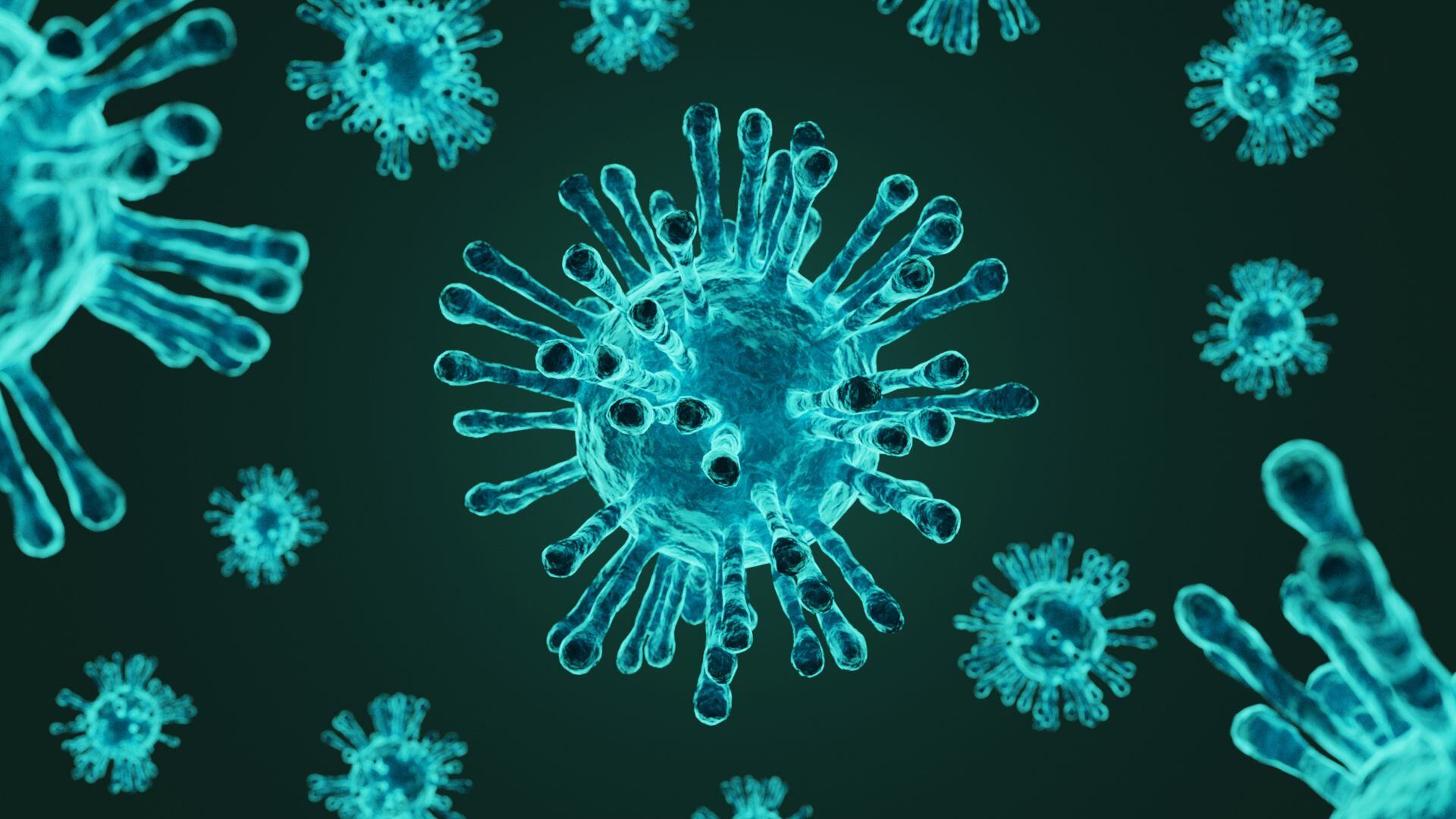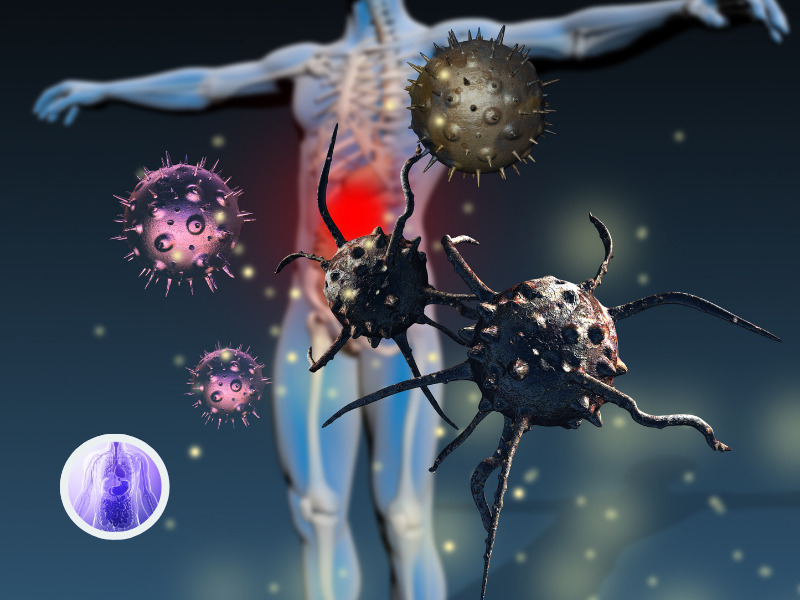Spheroids, Assembloids Could Unlock High Throughput Screening of Neuro Drugs

A study published in Communications Biology describes a method of generating neural spheroids from human induced pluripotent stem cells (hiPSCs) which are compatible with high-throughput screening (HTS).
The paper, by researchers at the National Center for Advancing Translational Sciences (NCATS) explains how these spheroids can mimic different sections of the human brain based on their cell-type composition (neurons and astrocytes), which is lacking in typical cortical neural spheroid models.
RELATED:
- Cerebral Organoids: the Sci-Fi Organ Model Explaining our Brains
- Talking TPD with Ben Cross, CTO and Head of Platform at PhoreMost
- Challenges in Translational Approaches and Biomarkers in Neurodegeneration
To test the function of their system, the team used the spheroids to model neurological diseases, tested drugs, and formed assembloids to model neurocircuitry. Intracellular calcium oscillations also were recorded as a measurement of spheroid activity.
They used this spheroid model to investigate neurons with genetics that were associated with Alzheimer's disease and neurons mimicking the effects of chronic use of opioid drugs. Each disease model was then tested with a clinically approved treatment to which the researchers found that the functional effects of these disorders could be reversed.
The researchers believe that this spheroid system can be potentially used for high-throughput screening, allowing for the rapid hit finding and testing psychiatric drugs’ safety and efficacy.
The increase in neurodegenerative conditions and substance use disorders has increased the demand for drugs that treat these conditions. One problem with developing these drugs is the difficulty in preclinically modelling the brain. There is a need for predictable in vitro cellular assays.
iPSCs present many opportunities for novel models of the brain, but the key is which of these models enable HTS.
While iPSC-derived 2D neural models are compatible with HTS, 3D neural organoids with greater complexity and a variety of cell types would be better at recapitulating an actual brain. However, it is precisely because of their complexity and variation that they are challenging to use with high-throughput assays.
Therefore, a potential middle ground is the use of cortical neural spheroids, produced from neural stem cells. The problem currently is that they are mostly limited to cortical neurons, leading to a lack of diversity and adaptability in cell type composition, restricting their applicability for disease modelling.
The paper says: “Here, we describe the development of an HTS-compatible, functional neural spheroid system, referred to here as brain region-specific spheroids, which are assembled by cell aggregation of differentiated human-induced pluripotent stem cell (hiPSC)- derived neurons and astrocytes in a scaffold-free environment.”
Attended and convened with the key opinion leaders in Organ modelling, 3D cell culture and mimics, these events address an important and expandingfield in drug development. Organ-on-a-Chip, Tissue-on-a-Chip & Organoids are remarkable tools with the potential that better pr edict drug efficacy and
thereby reduce cost, time, and failure rates in clinical trials. drug response.?








